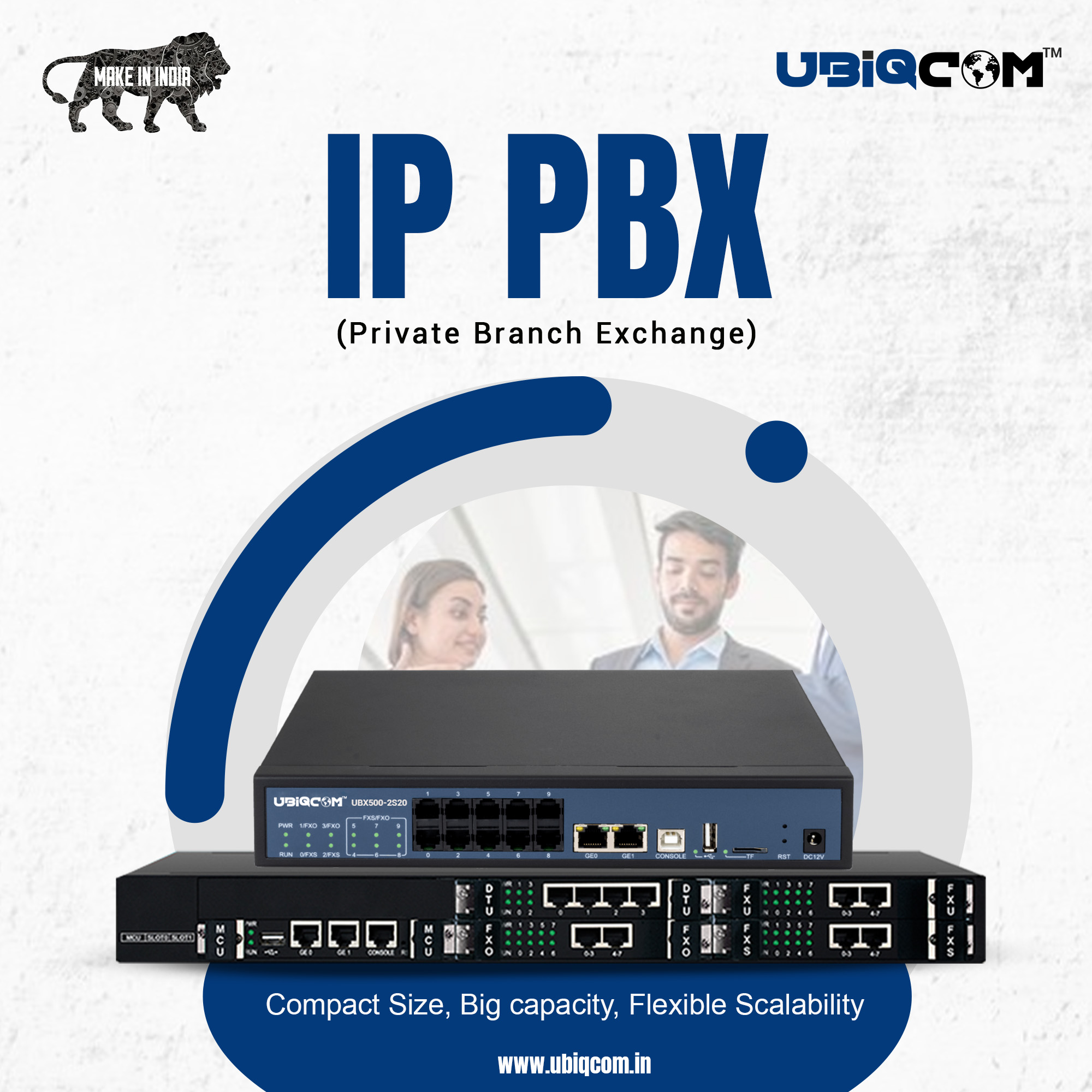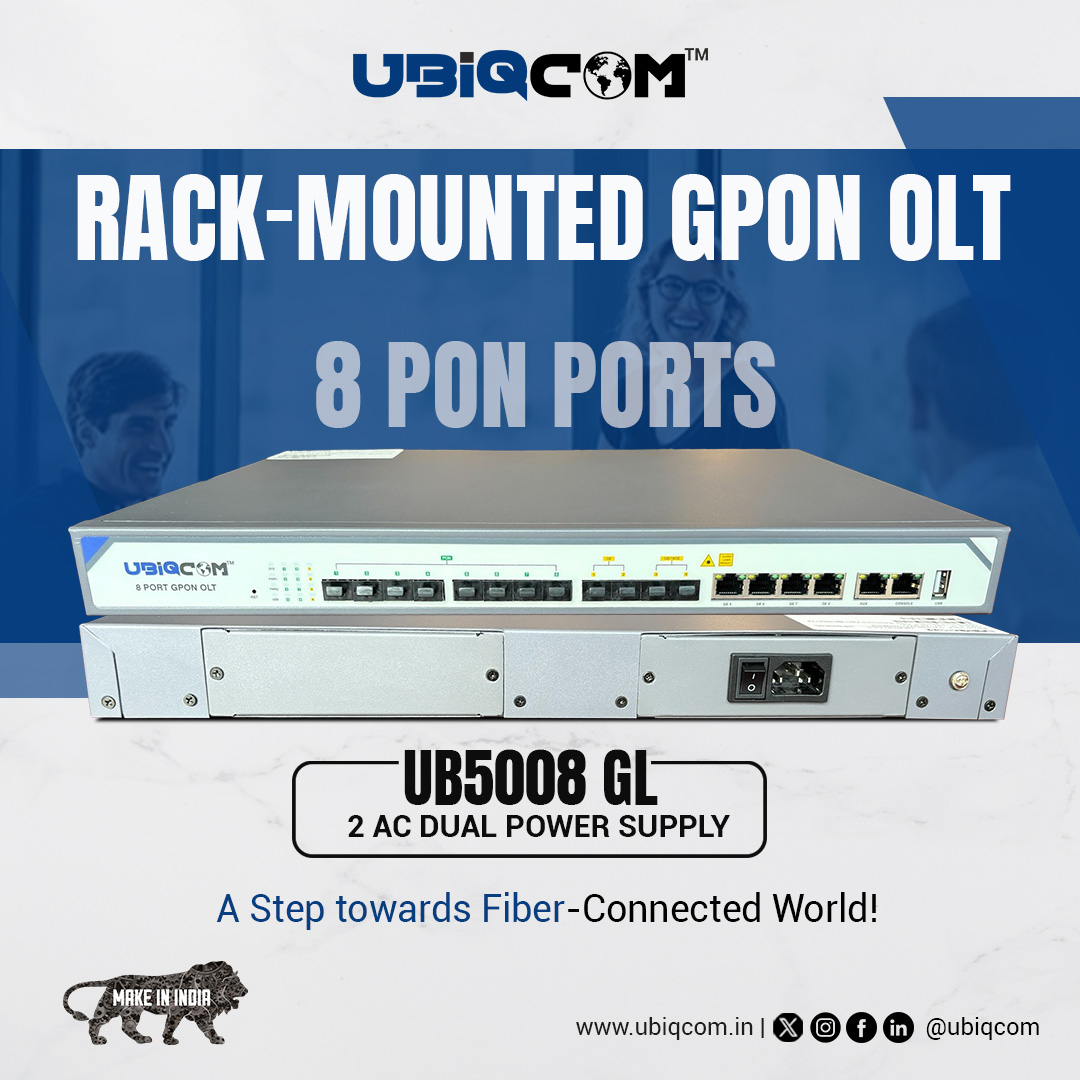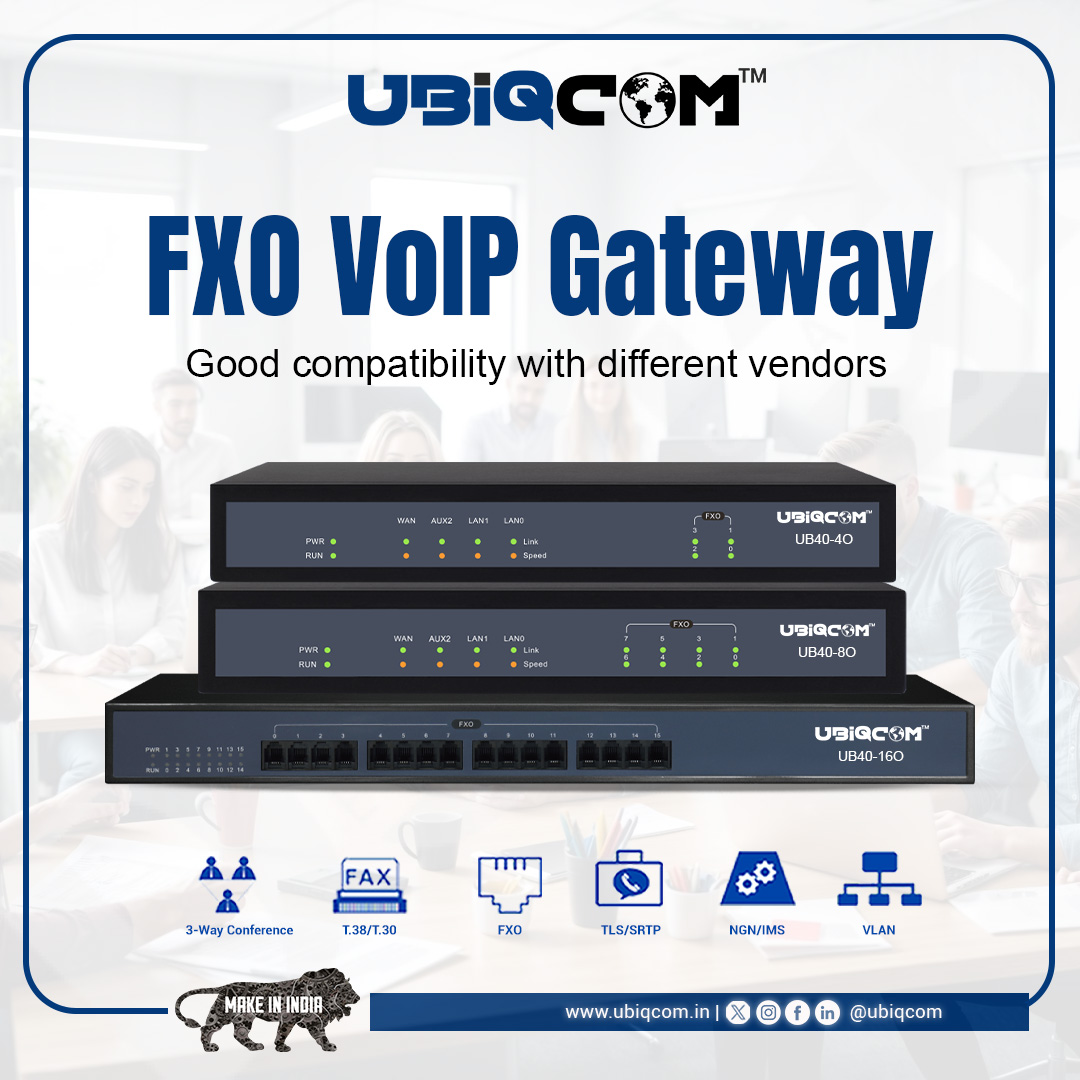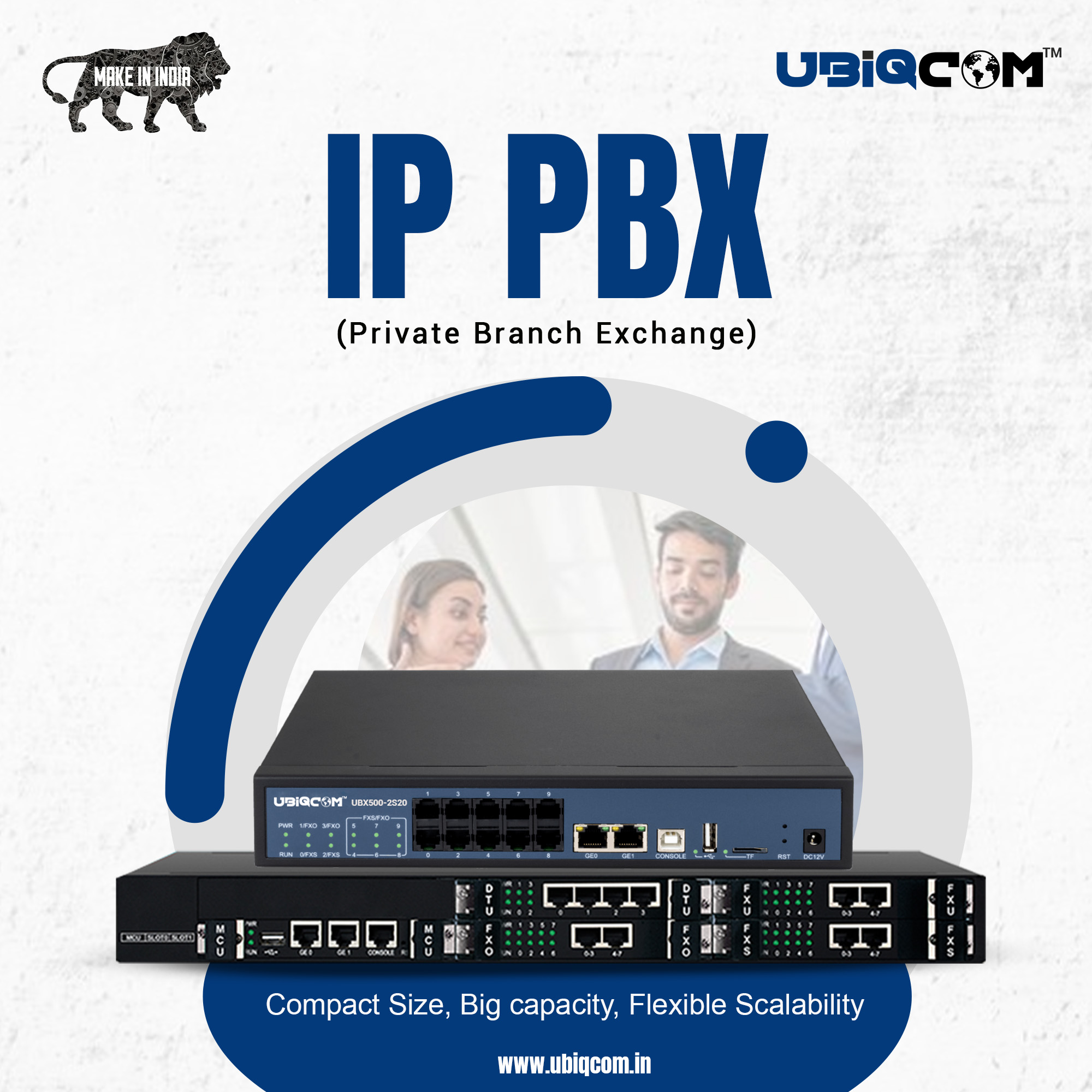Understanding EPON OLT: A Reliable Solution for Modern Fiber Networks

Strong 8k brings an ultra-HD IPTV experience to your living room and your pocket.
As demand for high-speed internet continues to grow, service providers must adopt robust and scalable solutions to meet the increasing needs of residential and business users. One such reliable and cost-effective technology is EPON OLT. EPON (Ethernet Passive Optical Network) has become a widely adopted standard in fiber-optic networks, enabling efficient data delivery over long distances. At the heart of this architecture lies the EPON Optical Line Terminal (OLT), a crucial component for ensuring smooth and high-performance connectivity.
In this blog, we will explore what an EPON OLT is, how it works, its key features, and why it's an ideal solution for ISPs and network providers building modern FTTH (Fiber to the Home) infrastructure.
What is an EPON OLT?
An EPON OLT (Optical Line Terminal) is the central device located at the service provider's end of a passive optical network. It is responsible for managing and controlling the optical distribution network (ODN), coordinating communications between the central office and multiple ONUs (Optical Network Units) or ONTs (Optical Network Terminals) at the customer premises.
Using standard Ethernet frames, the EPON OLT transmits data downstream to the ONUs and receives upstream data from users. This makes it a cost-efficient solution for delivering broadband services such as internet, VoIP, and IPTV across large geographical areas.
How Does EPON OLT Work?
The EPON OLT interfaces with the provider's core network on one side (typically via Ethernet or uplink ports) and with a passive optical splitter on the other side, which fans out the optical signal to reach up to 64 or even 128 subscribers.
The basic operation includes:
- Downstream Transmission: The OLT sends data in broadcast mode to all connected ONUs, but only the target ONU recognizes and processes its intended data based on identifiers.
- Upstream Transmission: ONUs transmit data upstream in a time-division multiplexing (TDM) manner. The OLT manages and assigns time slots to avoid collisions and maintain bandwidth efficiency.
- Traffic Management: The OLT is equipped with advanced QoS (Quality of Service) mechanisms to prioritize different data streams and maintain service quality.
Key Features of EPON OLT
When considering an EPON OLT for your network, the following features make it a compelling option:
1. Scalability
EPON OLTs are designed to handle multiple PON ports, each capable of supporting dozens of ONUs. This makes it easy to scale up as your customer base grows without overhauling the infrastructure.
2. High Bandwidth
EPON supports symmetric data rates of up to 1.25 Gbps for both upstream and downstream, ensuring consistent performance for video streaming, cloud services, and enterprise applications.
3. Cost-Efficiency
The use of passive optical components like splitters reduces the need for powered equipment in the field, lowering both capital and operational expenses.
4. Interoperability
EPON OLTs follow IEEE 802.3ah standards, making them interoperable with various brands of ONUs, giving service providers flexibility and vendor independence.
5. Advanced Management Capabilities
Modern EPON OLTs support SNMP, CLI, and web-based interfaces for easy monitoring, remote management, and fault diagnosis, minimizing network downtime and maintenance costs.
6. Energy Efficient
The absence of active electronic components in the distribution network and optimized design of OLTs contribute to energy savings and greener operations.
Use Cases for EPON OLT
EPON OLTs are versatile and can be deployed in a variety of network scenarios:
1. FTTH (Fiber to the Home)
Perfect for residential broadband rollouts in urban and suburban areas. EPON OLTs provide the performance and reliability needed for smart homes, HD video, and online education.
2. FTTB (Fiber to the Building)
Multi-dwelling units and commercial buildings benefit from centralized fiber connectivity with EPON OLTs, supporting multiple tenants with shared bandwidth.
3. FTTN (Fiber to the Node)
In rural or spread-out communities, service providers can extend fiber to a cabinet and use copper or wireless for the final stretch to customers, all controlled via EPON OLT.
4. Enterprise Networks
Businesses use EPON-based networks for internal communication, VPN, surveillance, and cloud-based applications, leveraging the simplicity and high bandwidth of EPON OLTs.
Choosing the Right EPON OLT
When selecting an EPON OLT, consider the following factors:
- Number of PON Ports: Choose between 1-port, 4-port, 8-port, or 16-port models depending on the scale of your network.
- Uplink Interface: Look for multiple Gigabit or 10G SFP uplink ports to ensure seamless integration with your core network.
- Compatibility with ONUs: Ensure support for a wide range of ONUs for better deployment flexibility.
- Management Tools: Opt for an OLT that offers intuitive management tools like web GUI, SNMP, and alarm monitoring.
- Build Quality: Go for robust hardware with efficient cooling and power redundancy for long-term stability.
Why EPON OLT is the Future of Affordable Fiber Access
In the rapidly expanding digital world, high-speed and stable internet is no longer a luxury—it’s a necessity. EPON OLT technology allows ISPs and network operators to meet this demand efficiently while keeping costs under control. Its ability to support high bandwidth, its energy-efficient nature, and its alignment with IP-based networks make it especially relevant in today's fiber rollouts.
As governments and enterprises invest more in fiber infrastructure, EPON-based networks are expected to play a significant role in bridging the digital divide, especially in emerging markets.
Conclusion
EPON OLT stands as a cornerstone in the deployment of modern fiber networks. Its simplicity, scalability, and cost-effectiveness make it an attractive solution for service providers aiming to deliver reliable high-speed internet to residential and business users alike.
Whether you're planning a large-scale FTTH rollout or upgrading existing infrastructure, investing in EPON OLT ensures future-ready performance at an affordable cost.
Note: IndiBlogHub features both user-submitted and editorial content. We do not verify third-party contributions. Read our Disclaimer and Privacy Policyfor details.







